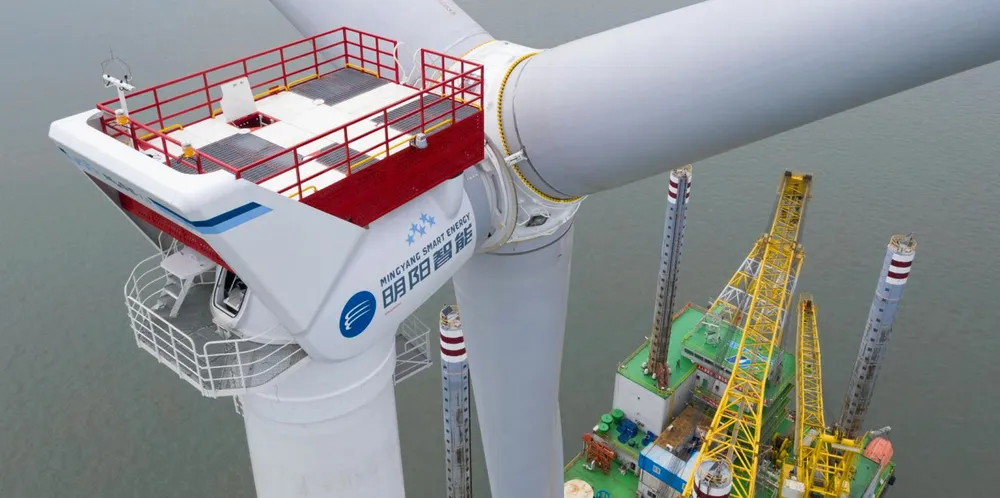'Shallow water' floating wind could speed China's offshore build: Ming Yang
Head of Chinese turbine OEM's European operations tells Recharge roundtable that pilot in South China Sea could spark rethink of technology as 'only' for deep-water

China’s plans to rapidly expand its offshore wind fleet in the next decade could be sped up “considerably” by installing floating units in sea-depths until now developed using fixed foundations, with a pilot being built off the Asian nation expected to prove the ‘deep-water’ technology economic in as little as 30 metres of water, according to the head of project OEM Ming Yang’s European division.
“This project is a milestone for China as the first floating wind development – until now the market has been focused only on bottom-fixed [foundations] because we have mainly shallow water conditions [in Chinese waters] which is the main reason that floating has not yet been commercialised,” he said.
“But we now have some other [project site] conditions to consider [in expanding China’s offshore wind fleet] – stones and rocky seabeds which are difficult for monopiles [to be installed in] and so on. This has motivated us to further explore floating projects for shallow water.”
“This pilot will make an important contribution to future development of floating wind [farms] in shallow water,” said Chen, who is based in Ming Yang’s European headquarters in Hamburg, Germany.
“We are ramping up the capacity of our turbine. We do know that globally these larger turbines are required [to support giga-scale projects in development] – a 15MW turbine is more and more ‘common’. And this is also [true] for floating: larger is better, because floating platforms are expensive, so we need to keeping bringing down the overall LCOE,” he said.
“During the development of our larger, next generation [15MW] turbine, we are already considering floating’s ‘characteristics’ in our initial design to have [those engineering considerations] really solved.